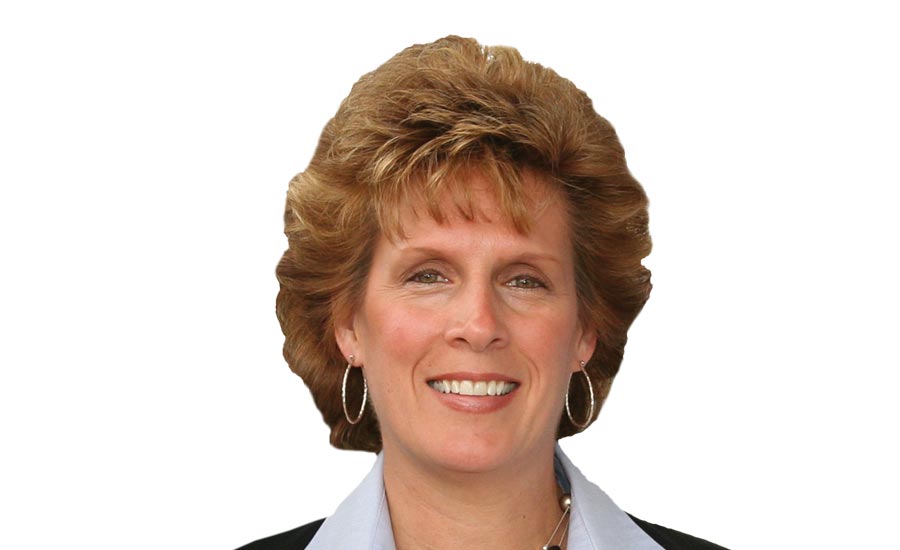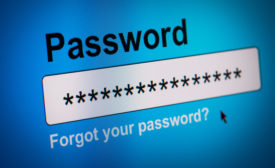Cybersecurity News
Threats have converged, even though the defenses against them still operate separately.
Read More
How to Set Fire to All Your Servers
Compromised data is detrimental, no matter how it's compromised… including by a physical intruder.
November 12, 2018
Sign-up to receive top management & result-driven techniques in the industry.
Join over 20,000+ industry leaders who receive our premium content.
SIGN UP TODAY!Copyright ©2024. All Rights Reserved BNP Media.
Design, CMS, Hosting & Web Development :: ePublishing












